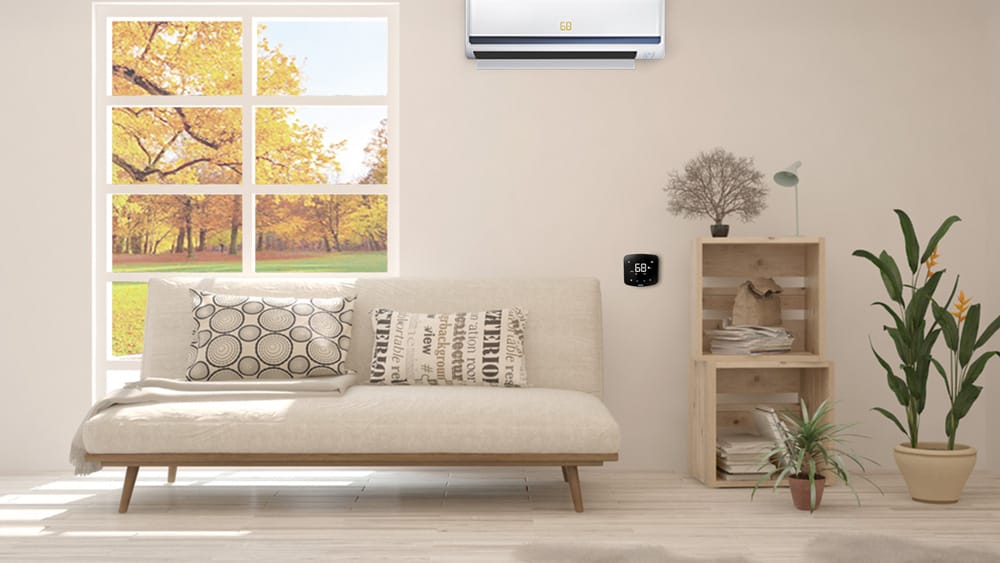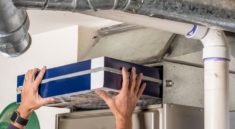 Heat pumps are a great way to heat and cool your home. They are energy-efficient, cost-effective, and can even help reduce your carbon footprint. But traditional heat pumps come with their own set of drawbacks, including difficulty of installation and the need for ductwork. That’s where mini-split units come in. These systems offer all the benefits of a traditional ductless mini split without the hassle. Let’s take a closer look at how mini split units work and why they might be right for you.
Heat pumps are a great way to heat and cool your home. They are energy-efficient, cost-effective, and can even help reduce your carbon footprint. But traditional heat pumps come with their own set of drawbacks, including difficulty of installation and the need for ductwork. That’s where mini-split units come in. These systems offer all the benefits of a traditional ductless mini split without the hassle. Let’s take a closer look at how mini split units work and why they might be right for you.
Mini split units are a type of ductless heating and cooling system. A mini-split unit consists of an outdoor compressor and one or more indoor air handlers that attach to the wall or ceiling in your home. The outdoor compressor pumps refrigerant through a network of small insulated copper pipes that connect the indoor air handler to the compressor. The refrigerant absorbs heat from inside your home and transports it outside, while the cooled air is circulated back into your home. This system allows you to control the temperature of each room in your home individually, allowing you to save energy by only heating or cooling rooms as needed.
Mini-split units are much easier to install than traditional heat pumps because they don’t require ductwork. This makes them a great option for homes without existing ducts or those in need of renovations. They are also more efficient, quieter, and easier to maintain than traditional units because all the components are easily accessible and housed within the same unit. Additionally, mini-split systems last longer since they have fewer moving parts than traditional systems.
How Mini Split Units Work
Mini Split units are made up of two parts: an outdoor compressor/condenser and one or more indoor air handlers. The compressor/condenser is connected to the indoor unit(s) by wiring and refrigerant lines that run through the wall or ceiling between them. The compressor/condenser is responsible for heating or cooling the air that is then distributed throughout your home by the air handlers. This allows you to control the temperature in each room independently, which makes these systems especially useful in multi-zone homes or homes with unique architectural design challenges.
The Benefits of Mini Split Units
One of the biggest advantages of mini split units is that they don’t require any ductwork, so installation is much simpler than it would be with traditional heat pumps. This also means less disruption to your home during installation, since there won’t be any drilling or cutting involved in running ducts through walls or ceilings. Additionally, because mini split units use an indoor air handler instead of a central blower motor, they provide better temperature control throughout your home; you can adjust temperatures to different levels in specific rooms rather than having one temperature setting for all areas at once like with a traditional system. Finally, mini splits have excellent energy efficiency ratings—some models have SEER ratings as high as 22—which can result in significant energy savings over time if you’re currently using an older model system.
Mini split units offer all the benefits of a traditional heat pump without needing extensive ductwork installation or complex wiring setups. They are easier to install than other types of HVAC systems, offering greater flexibility when it comes to controlling temperatures in different areas of your home independently; plus they have excellent energy efficiency ratings that can save you money on your monthly utility bills over time. If you’re looking for an easy-to-install system that provides efficient heating and cooling solutions for your entire house, then consider investing in a mini split unit today!





